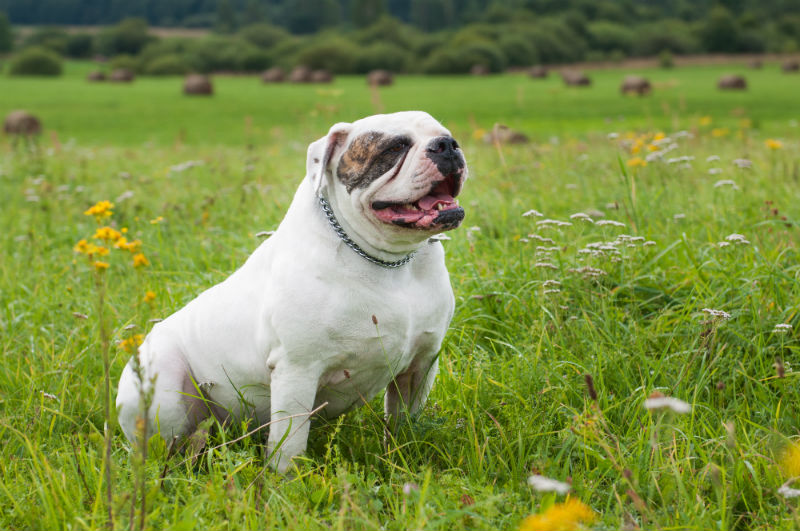Summer is here and so is the hot weather (especially lately, in the Moncton area).
Heat stroke doesn’t only happen in humans; our pets can suffer from it as well.
Here is some valuable information that could save your pet’s life!
Signs to watch for:
- Excessive or loud panting
- Increased heart rate
- Pale gums and bright red tongue
- Frequent vomiting
- Thick saliva
- Extreme thirst
- Dehydration
- Increased body temperature
- Mild weakness
- In the late stages of heat stroke, you will see difficulty breathing, blue/purple gums and tongue, weakness/fatigue, disorientation/confusion, Collapse or coma.
What to do:
- Remove the dog from the heat (preferably to an air-conditioned area).
- Restrict his activity.
- Offer cool water (not cold!) and give tiny sips at a time. If your pet is unable to drink on their own, wet his mouth, lips, gums with a moistened rag, or place small drops into the corner of the mouth, while giving the pet time to swallow.
- Use cool water (not cold!) to bring the body temperature SLOWLY down. Focus first on the paws, head and tail. You can also place cool, wet towels between in the armpits and back legs (groin area) Do NOT completely submerge the pet in water, as it will bring the body temperature down too quickly, which could lead to other complications, as well as slow down the cooling process.
- Place pet in front of a fan if there’s one nearby.
- Rub cotton balls that are soaked with rubbing alcohol on the pads of the feet and abdomen.
- Keep pet uncovered.
- Seek veterinary attention immediately! Even if it appears that your pet has recovered. Heat stroke can cause irreversible damage to organs. Undiagnosed complications can lead to death. In many cases, the pet will require IV fluid therapy and blood pressure monitoring.
Short-nosed animals (Pugs, Boxers, Bulldogs, Persian cats etc.) are more prone to heat stroke due to their compromised airways (inability to breath/pant correctly). Overweight, elderly and pets with heart/lung disease are also more at risk. These pets should be kept in front of fans or air-conditioned rooms as much as possible during the hot weather.
Preventing heat stroke:
- NEVER leave your pet alone in a parked vehicle. A parked car can become an oven in minutes (even WITH windows open and shady areas. A good rule of thumb to follow is if it’s too hot for you to sit there, it’s too hot for your pet).
- Avoid exercise during the hottest part of the day. Daily walks/romps should be done early morning or evening when it’s cooler. Pavement can be intensely hot. Touch it with your hand – if it’s too hot for you, it’s too hot for your pet’s feet (paw pads can and DO blister).
- Always provide shelter in a shaded area and lots of fresh water for dogs that regardless of the heat, still enjoy spending time in their yard. Having free access to an air-conditioned area for him/her to retreat to would be ideal.
Have a safe and happy summer!
Written by Lisa, RVT



